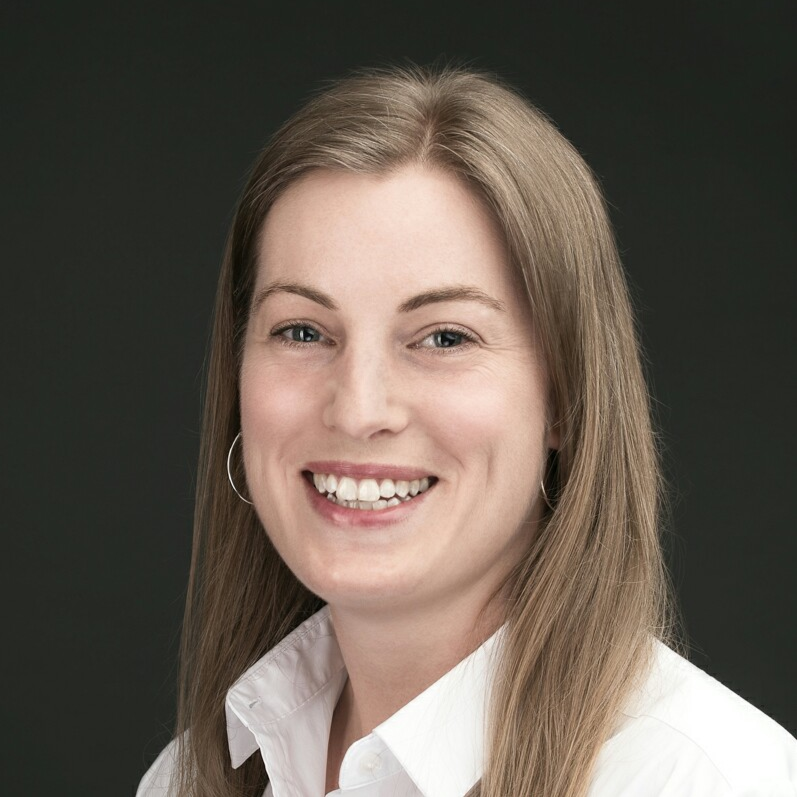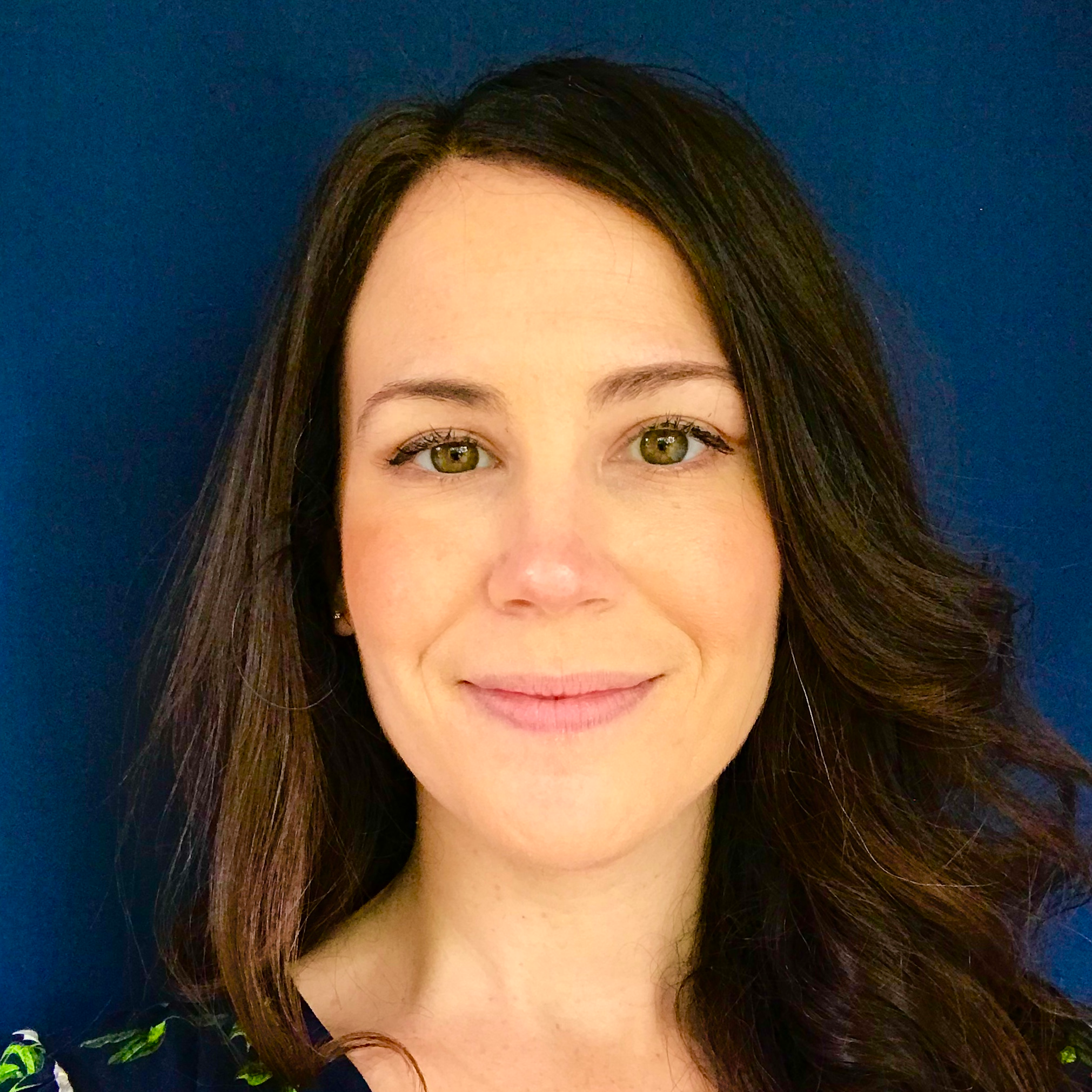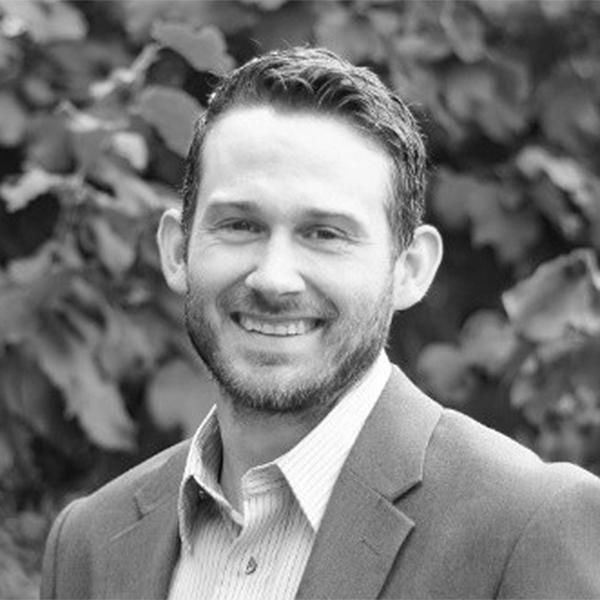- Learning Path Libraries: This path is only available in the libraries listed. To access this path, purchase a license for the corresponding library.
- Data
Programming R for Data Analysts
6 Courses
6 Labs
13 Hours
Skill IQ
The R language is widely used among statisticians and data miners for developing statistical software and data analysis.
Content in this path
Beginner
Learn the structure of an R solution, and the core of the R programming language.
Intermediate
Debug your R programs, and customize their running environment.
Advanced
Build tables and capture reusable logic with R functions.
Try this learning path for free
Access this learning path and other top-rated tech content with a free
trial.
Have questions? Get them answered now.
What You'll Learn
- You will learn analytical skills with one of the most widely used languages in data
Prerequisites
- Fundamentals of computer programming
- Fundamentals of creating variables
Related topics
- R Programming
- R packages for data analytics
Not sure where to start?
With over 500 assessments to choose from, you can see where your skills
stand and receive adaptive learning recommendations to fill knowledge gaps in as little as 10 minutes.
Learn more







